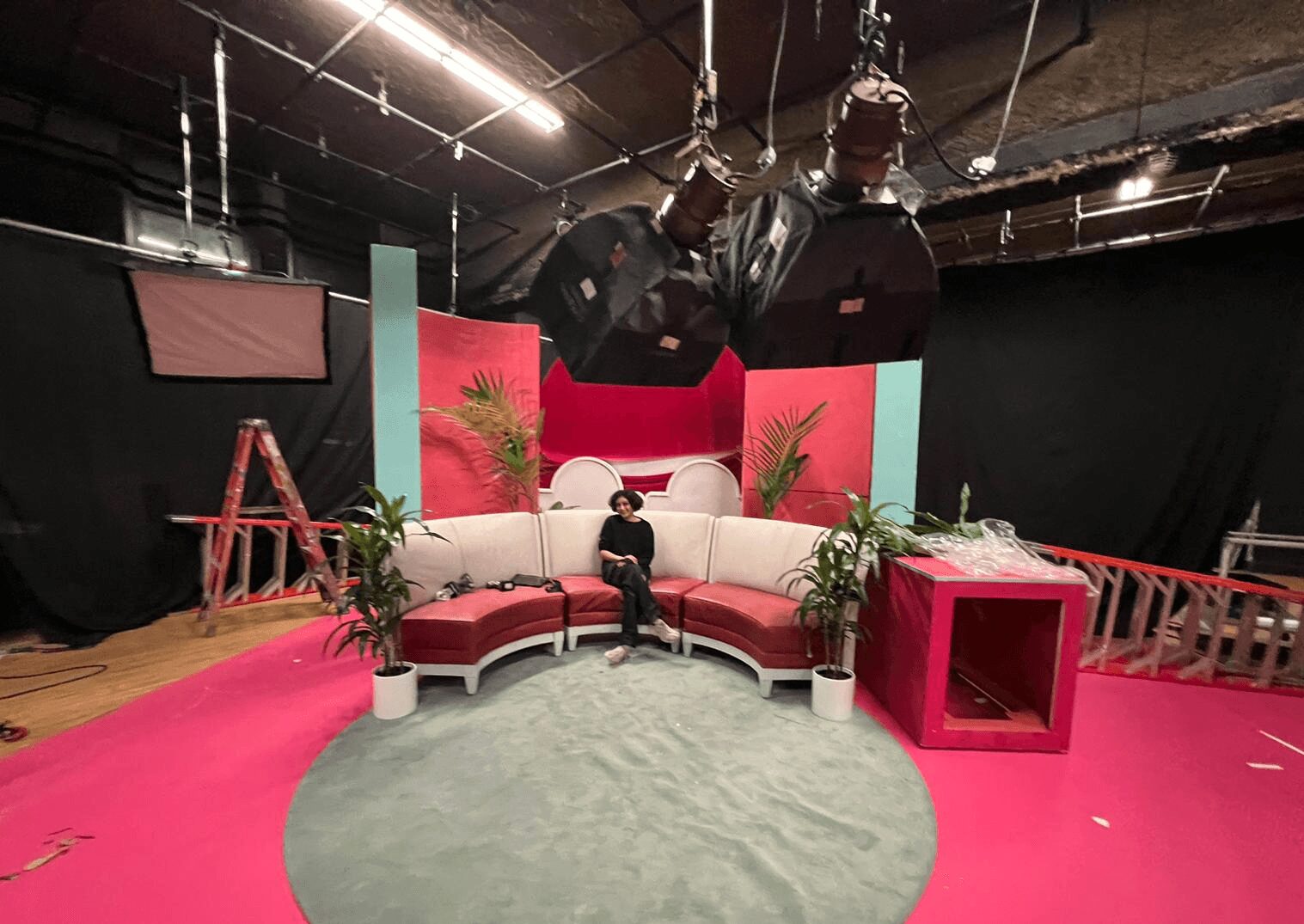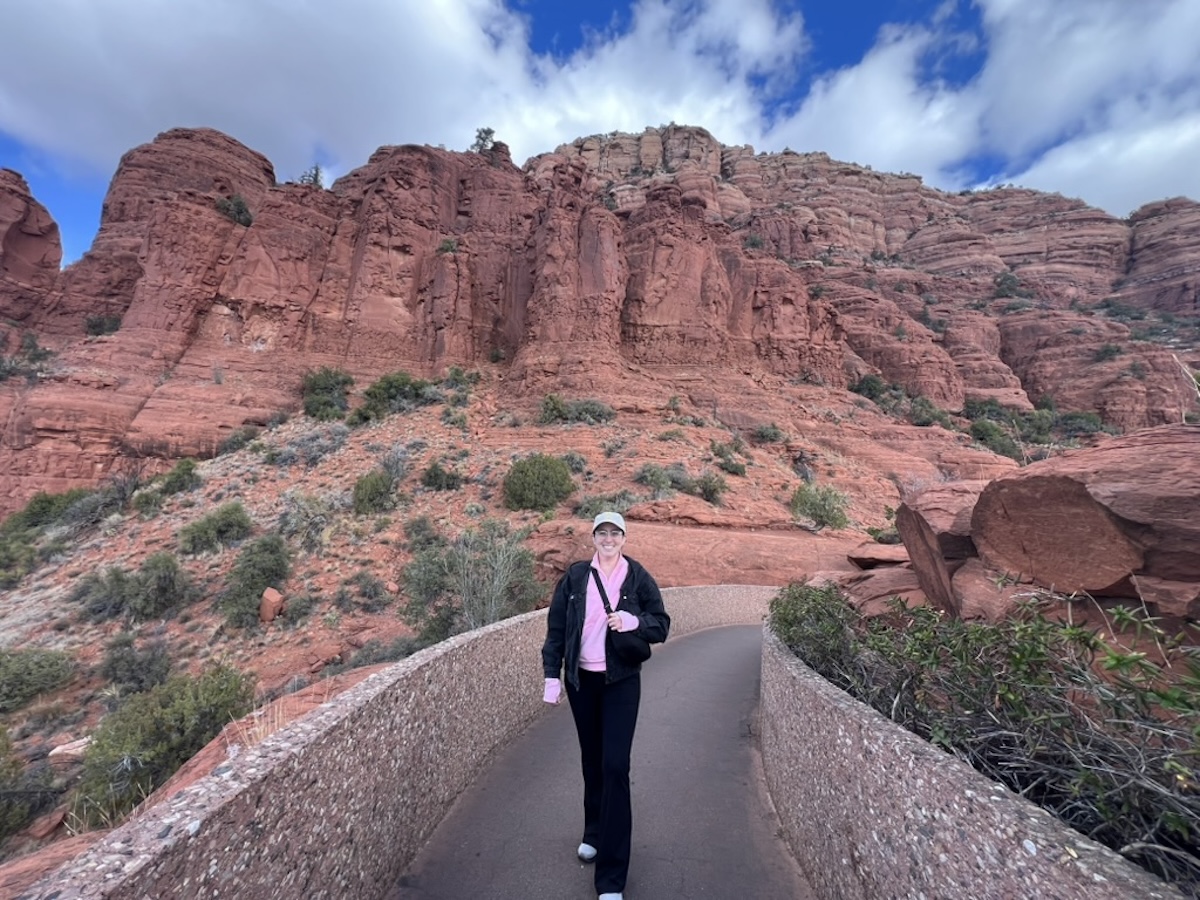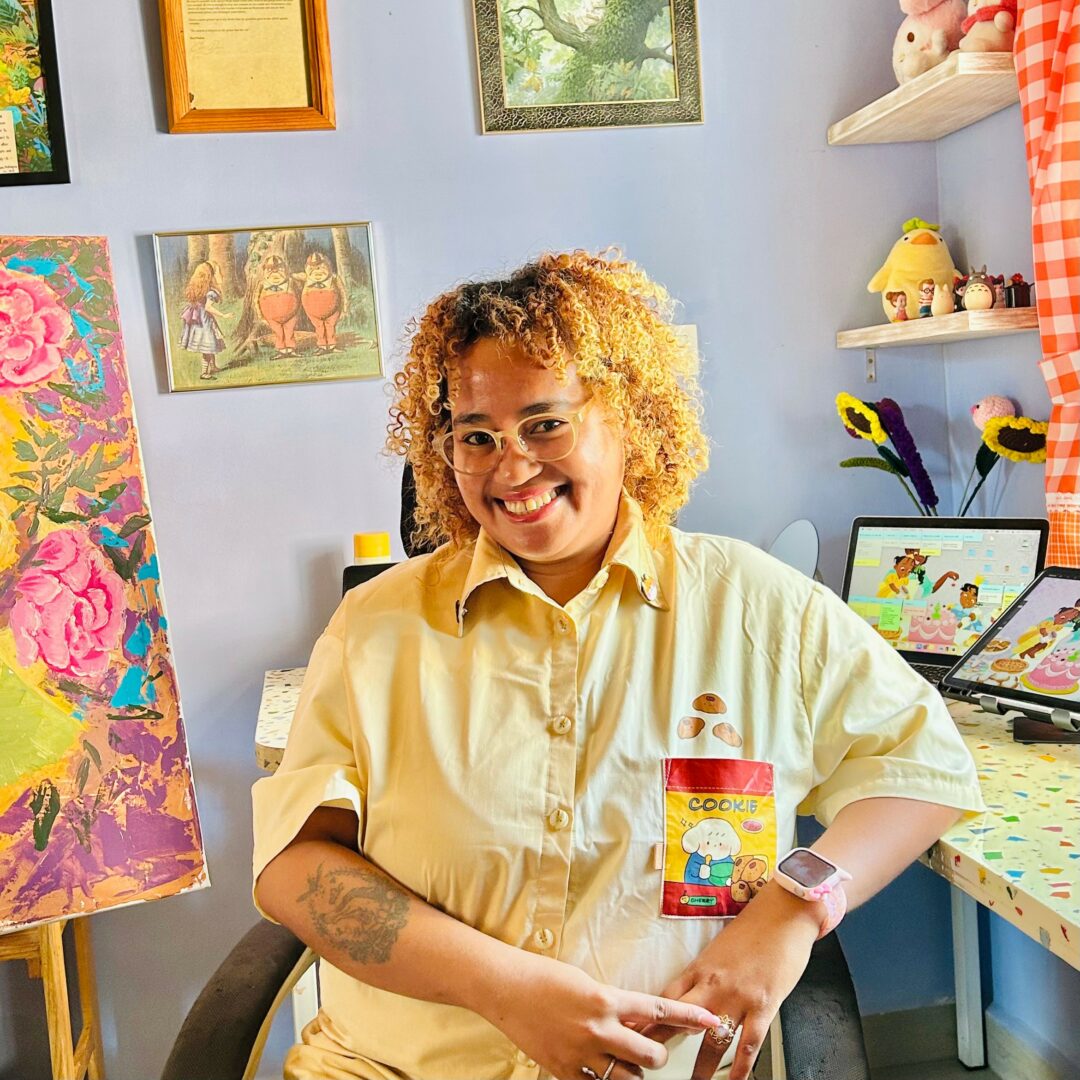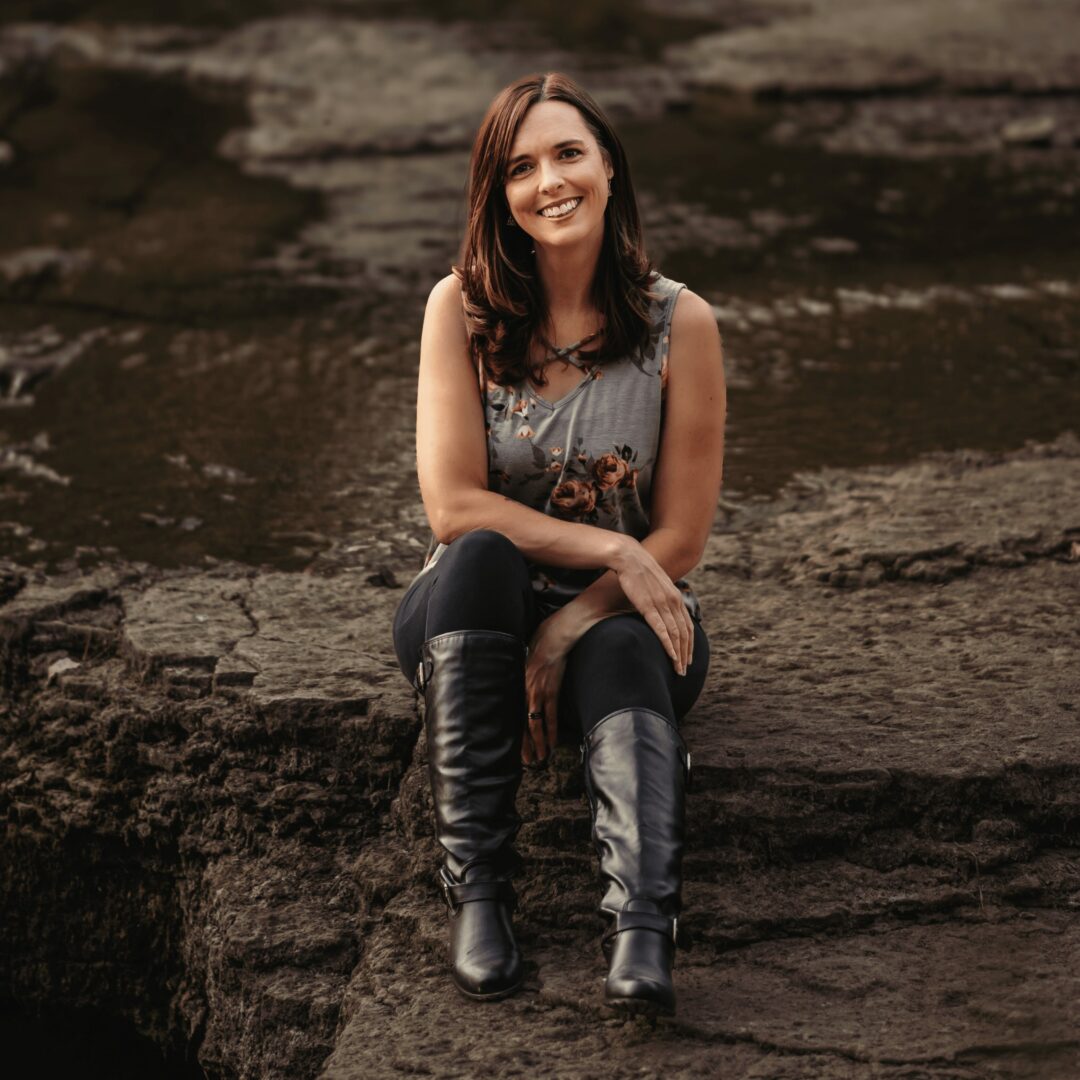We were lucky to catch up with Rajeshwari Ragampudi recently and have shared our conversation below.
Rajeshwari, so good to have you with us today. We’ve always been impressed with folks who have a very clear sense of purpose and so maybe we can jump right in and talk about how you found your purpose?
I come from the outskirts of Hyderabad, India, specifically a small village called Bachupally, which was still in its early stages of development when I moved there. At the time, the community was heavily influenced by traditional gender roles and cultural expectations. I often felt at odds with these norms, feeling like an outsider in my social circle. While most of my peers were involved in typical activities, I found comfort in the films of directors like Hitchcock and Wong Kar Wai, even though those around me didn’t share the same interests. From a young age, I gravitated toward unconventional forms of expression, exploring what was often seen as “peculiar art” and enjoying films that were considered “unorthodox” in my community like Jodorowsky’s ‘The Holy Mountain’ or Gasper Noe’s ‘Enter the Void’.
Despite my creative leanings, I followed a more conventional path, inspired by my parents, and pursued academics, eventually choosing architecture. My goal was to find my own voice over this 5 year course.
In my third year of college, I was diagnosed with two herniated discs in my spine, which left me temporarily paralyzed in my left leg. I vividly recall how movies and shows became my lifeline during that challenging time. From classics like Hitchcock’s ‘Psycho’ and Lynch’s ‘Blue Velvet’ or discovering movies like ‘The Handmaiden’ and ‘Burning’, my passion for storytelling only deepened. It was during this period of physical immobility that my appreciation for storytelling evolved into a profound recognition of its transformative power. I truly discovered the impact of a compelling narrative and the beauty of visually captivating frames.
In my later years of college, I delved deeper into a newfound passion for spatial storytelling. I wrote my first research paper, a dissertation titled “Understanding the Filmic Portrayal of Elements in Space Through the Study of Satyajit Ray’s Films to Examine the Human Emotional Relationship with the Built Environment.” Despite my physical challenges, I fully committed to this project, recognizing it as a perfect blend of my love for cinema and the architectural principles I had studied.
Through in-depth analysis and discussions with my mentor, I explored the intricate relationship between spatial design and emotional impact in films. This revelation sparked a deep commitment to the art of spatial storytelling, ultimately leading me to pursue a career as a production designer.
Today, armed with a profound appreciation for the symbiosis of storytelling and spatial design, I feel happiness in contributing to the creation of cinematic experiences that transcend boundaries and resonate deeply with audiences.
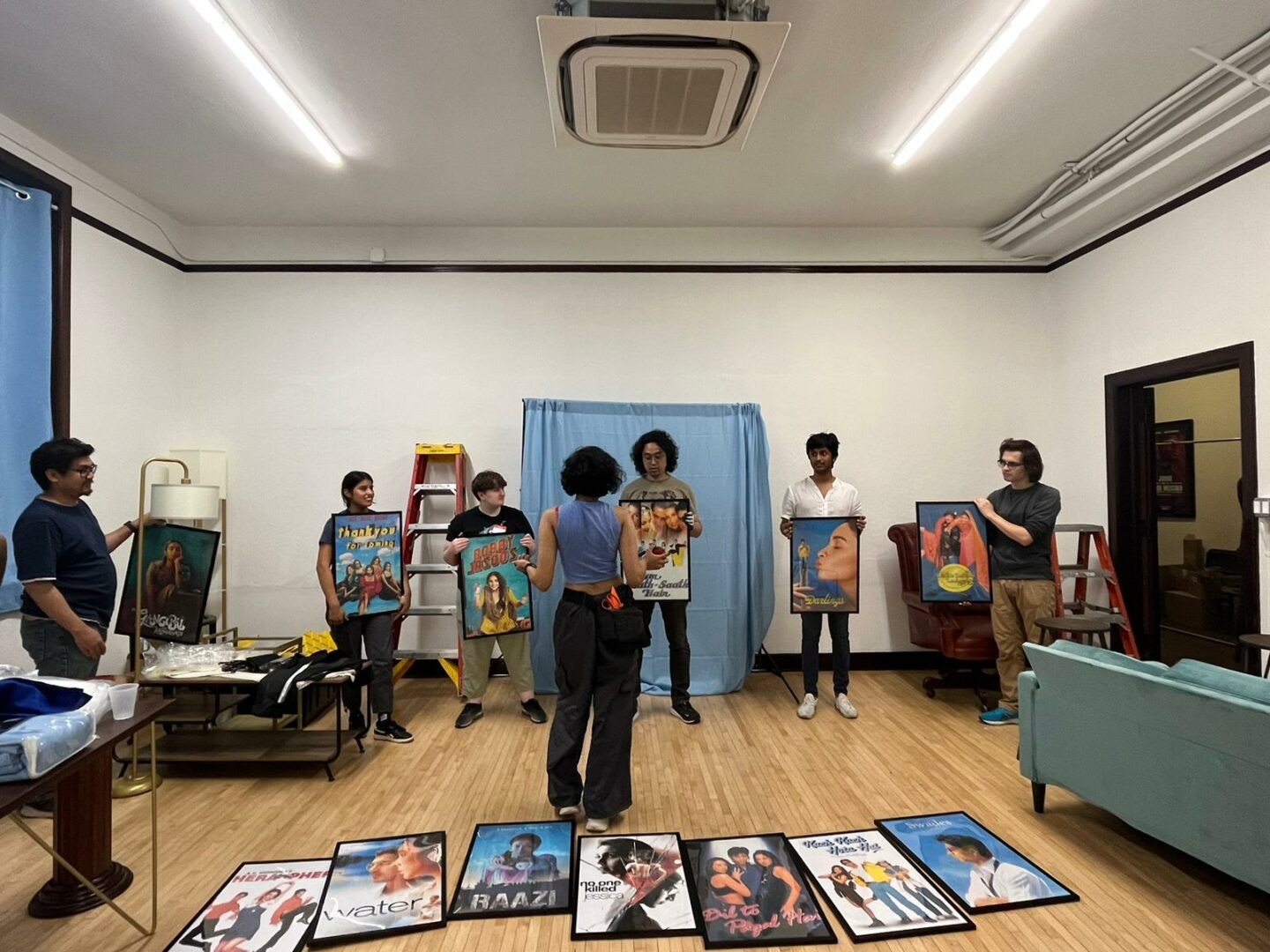
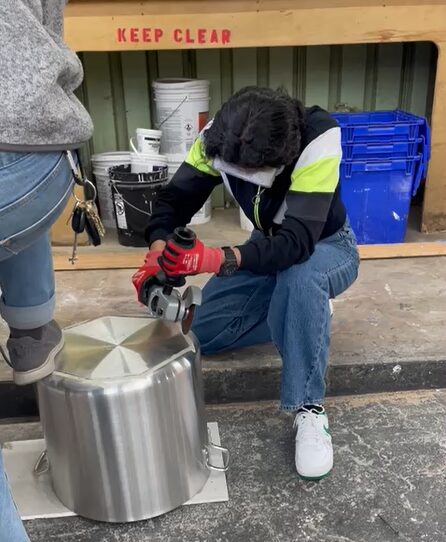
Great, so let’s take a few minutes and cover your story. What should folks know about you and what you do?
My name is Rajarajeshwari Ragampudi, I go by Rj. I’m a self-taught artist, Architect and Production Designer from Hyderabad, India. Growing up, I always knew I was creative, but I often struggled with figuring out what I was truly good at and what I was meant to do. I viewed art as something multifaceted, and my journey of discovering this was long and winding. As a kid, I’d paint, experiment with different mediums, sketch and doodle, write, and immerse myself in the films of Alfred Hitchcock, Jonathan Demme, Gaspar Noé, and Satyajit Ray. After every movie, I’d eagerly search for “behind the scenes” footage to understand how those worlds were brought to life.
I found comfort and inspiration in the powerful narratives and immersive worlds created by visionary filmmakers. Whether it was losing myself in the magic of Harry Potter or exploring the intricacies of foreign language cinema, each film became an escape from the demands of daily life. My idea of self-care after a long week was curling up on the couch with a good horror movie to get lost in for the night. For me, cinema wasn’t just entertainment—it became something deeper, almost a spiritual experience.
I pursued Architecture in my Undergrad simply because of my background in science and love for art. When Covid hit, I rekindled my passion for literature, particularly immersing myself in the enriching wisdom of “Ikigai: The Japanese Secret to Happiness.” Motivated by a quest for enlightenment during these dark times, I embarked on a personal challenge to discern whether this literary work could truly illuminate the path to happiness.
The essence of “Ikigai” lies in its exploration of the fundamental question: “What is the purpose of one’s life?” Through meticulous observation of the lifestyles prevalent in communities boasting the world’s oldest inhabitants, the concept of “Ikigai” elucidates the pursuit of one’s reason for being. Put simply, it is the intersectional point between what you love, what you’re good at, what the world needs, and what you can get paid for.
Upon reflection on this conceptual framework, I unearthed a profound realization—my creative endeavours consistently gravitated towards the realm of visual storytelling. Intrigued by the transformative power of compelling narratives conveyed through film and television, I recognized my innate calling as a visual storyteller. Such narratives possess the extraordinary ability to transport audiences to alternate realities.
Transitioning from a background in Architecture to the dynamic realm of filmmaking presented formidable challenges. Lacking any prior experience on a film set, I recognized the imperative to realign my architectural education to intersect with the principles of film production. Intentionally shifting my focus, I began to explore the symbiotic relationship between space and narrative in cinema, utilizing architectural principles to enhance the visual storytelling process.
This deliberate pivot marked the inception of my journey towards the pinnacle of the film industry—Hollywood. However, this path was fraught with hurdles, particularly financial constraints and physical limitations. Facing rejections from financial institutions and a lack of awareness in India, regarding prestigious programs such as the American Film Institute’s filmmaking Masters program, I confronted significant tests of resilience.
In the face of adversity, I sought solace in the unwavering support of my family. Their dedication to my passion, and their constant encouragement, emerged as the bedrock of my professional odyssey as a Production Designer, by pursuing an MFA degree at the American Film Institute.
Currently, I am in my final year of the degree, and am in the process of fundraising for my Thesis Project titled “Killer of Men”. It is a powerful and intense exploration of a man, Mace, who is trapped in the brutal reality of slavery and forced combat in the 1800s Deep American South. It combines elements of historical fiction with spiritual and psychological themes, particularly focusing on Mace’s internal struggle and his connection to his African roots and gods, like Ogun, the god of war in Yoruba religion. This is a project close to my heart not only because of its nature but the kind of challenges it poses, that will make me think and change for the better. I am very excited to be on this journey and thank everyone who is on this with me! To know more you may visit: https://www.killerofmen.com/
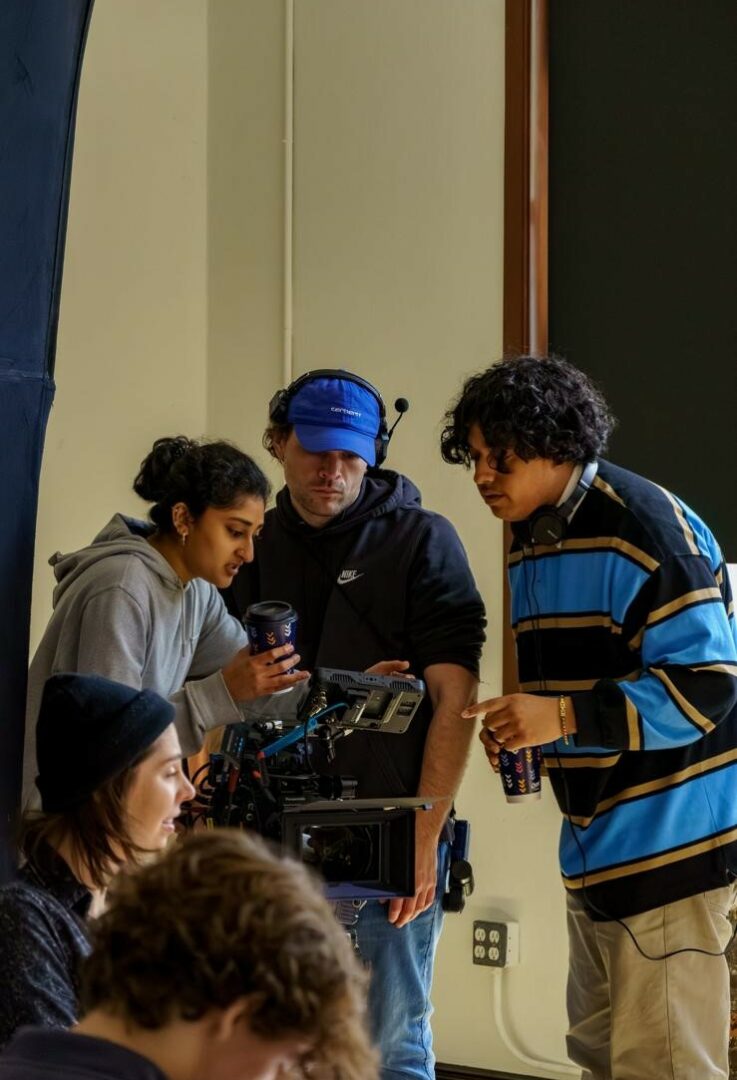
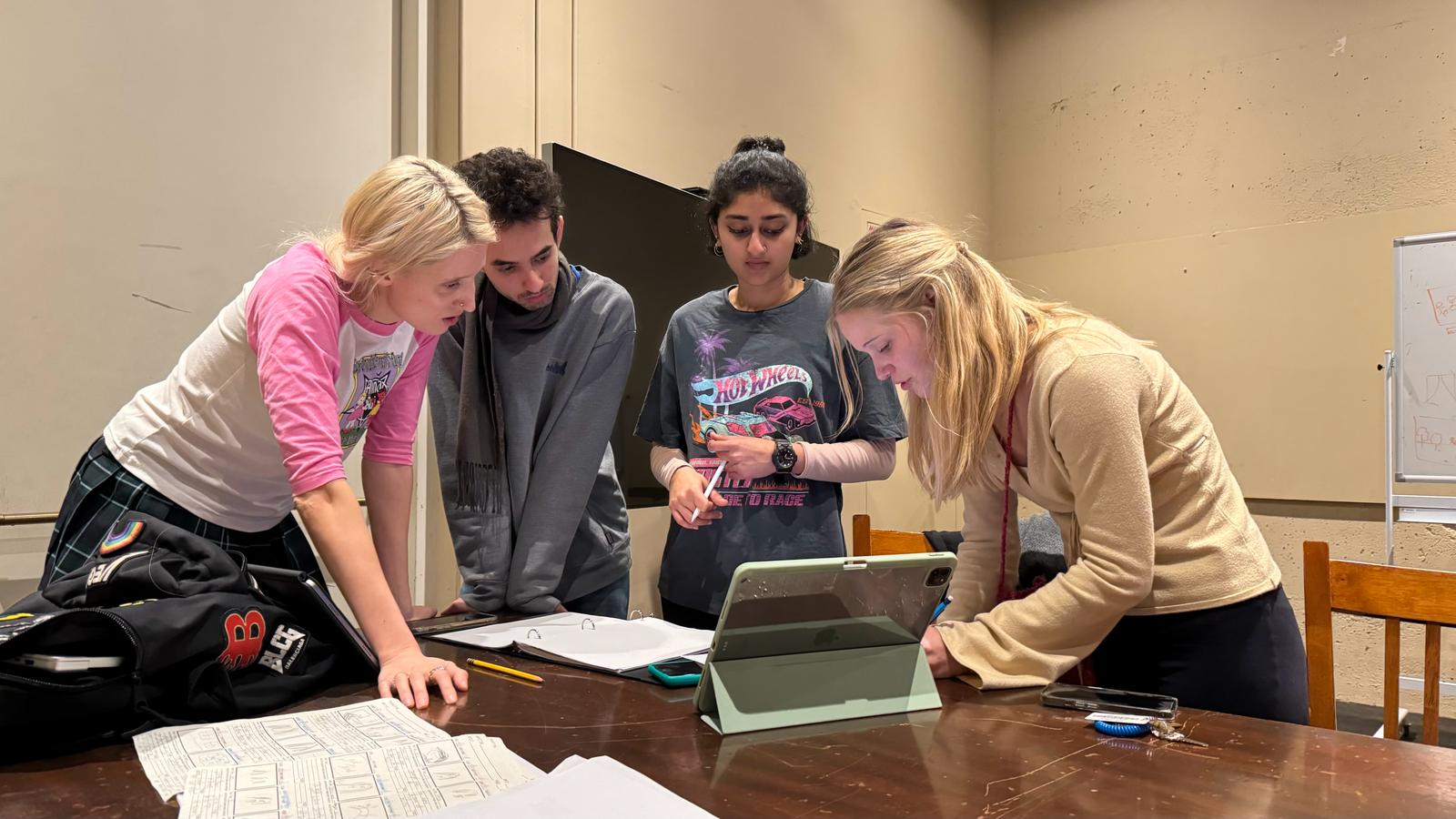
There is so much advice out there about all the different skills and qualities folks need to develop in order to succeed in today’s highly competitive environment and often it can feel overwhelming. So, if we had to break it down to just the three that matter most, which three skills or qualities would you focus on?
Early on in my creative journey, I realized how important it was to stay dedicated and patient, both in my work and personal growth. I get a lot of energy from tackling creative challenges and love taking on big, ambitious projects that really test my skills.
Another quality that helps me on my journey comes from staying consistent and fully committed to whatever I’m working on. Above all, I focus on developing a deep understanding of the core principles of storytelling.
I also make sure to keep learning and immersing myself in the work of the artists I admire. By studying their techniques and how they create visually stunning compositions, I aim to pick up valuable lessons that help me grow in my own craft.
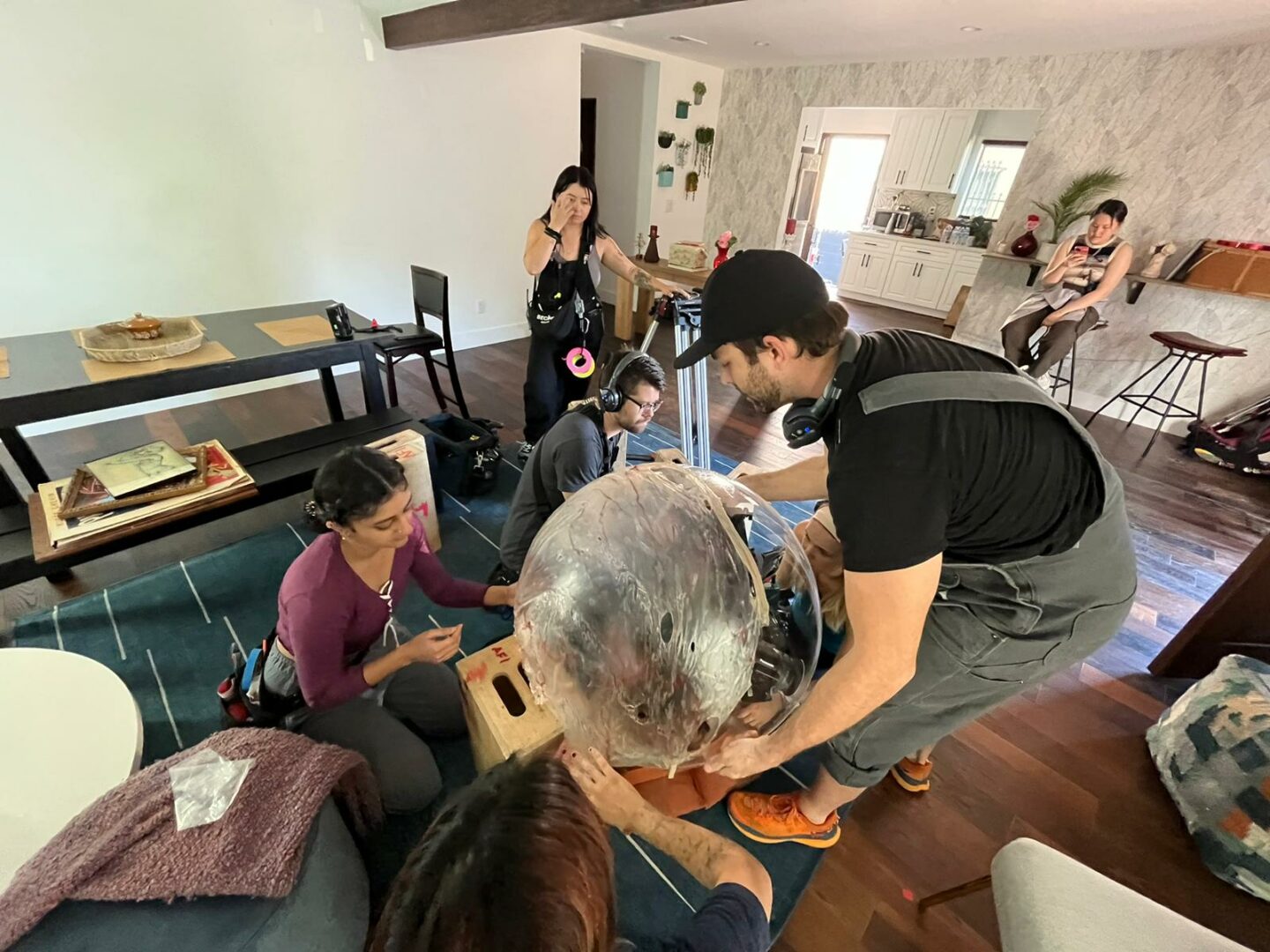
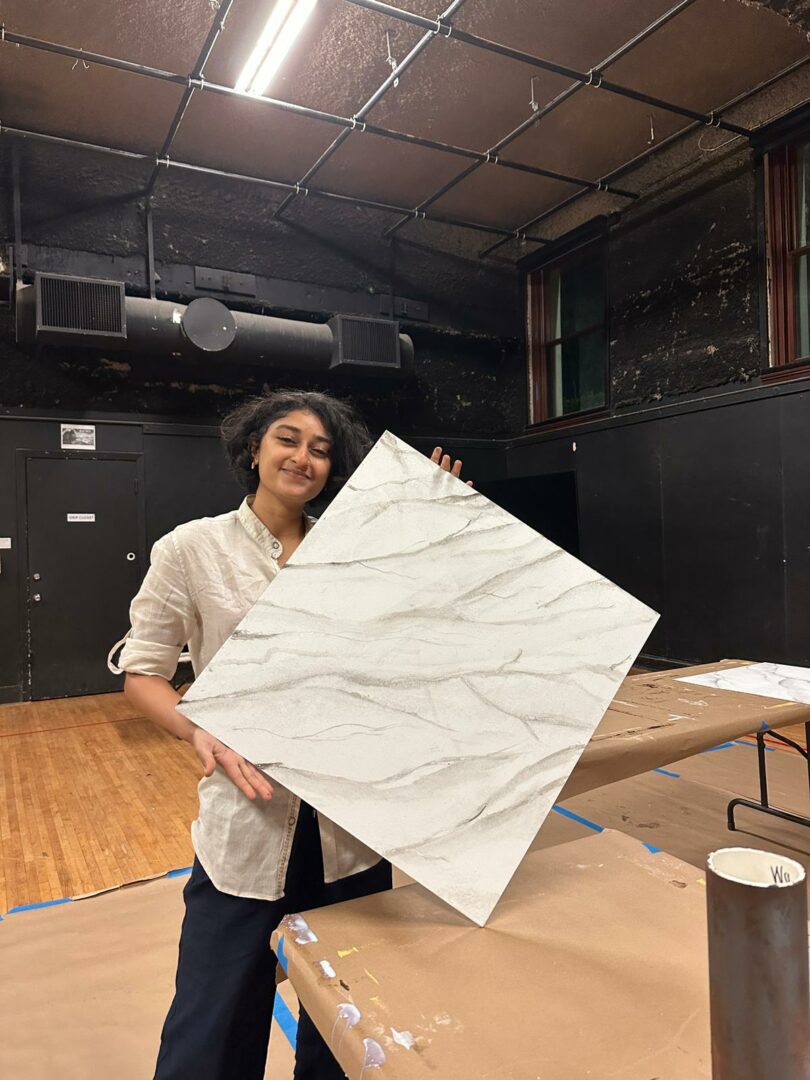
What has been your biggest area of growth or improvement in the past 12 months?
The past 12 months have been a deep dive into the demanding skill set required to be a Production Designer. It’s incredible to realize how much the Art Department manages, regardless of the project’s scale. This role is absolutely vital in bringing visual stories to life. One of the key lessons I’ve learned is that effective communication is the most important skill to master. Without clear communication, nothing can be accomplished, and while that may seem simple, it’s much harder than it appears—especially given the variety of people we work with every day in the industry.
What I find fascinating is how this field uniquely brings together all forms of art and artists, creating a true intersection of creativity. My biggest area of growth has been learning to connect deeply with myself, which enables me to communicate clearly and respectfully with those around me. This, in turn, has helped me collaborate more effectively and bring stories to life.
Contact Info:
- Website: https://www.rjragampudi.com/
- Instagram: _.rj10._
- Linkedin: https://www.linkedin.com/in/rajeshwari-ragampudi/
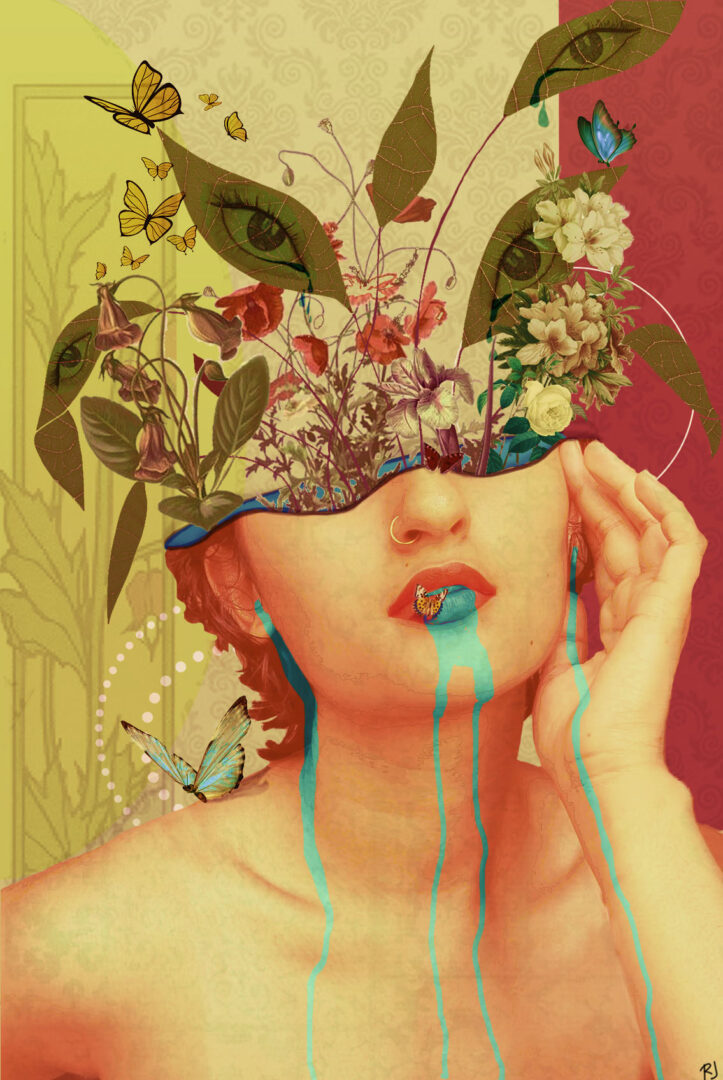
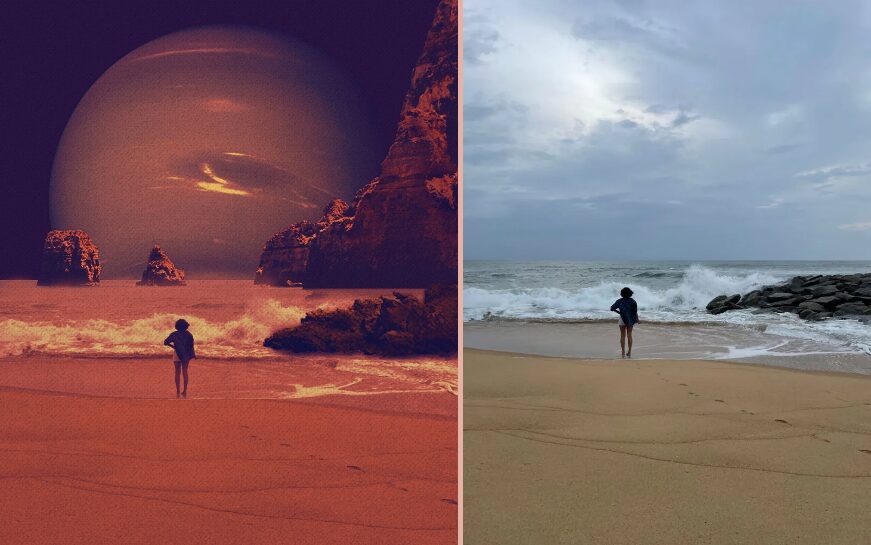
so if you or someone you know deserves recognition please let us know here.

